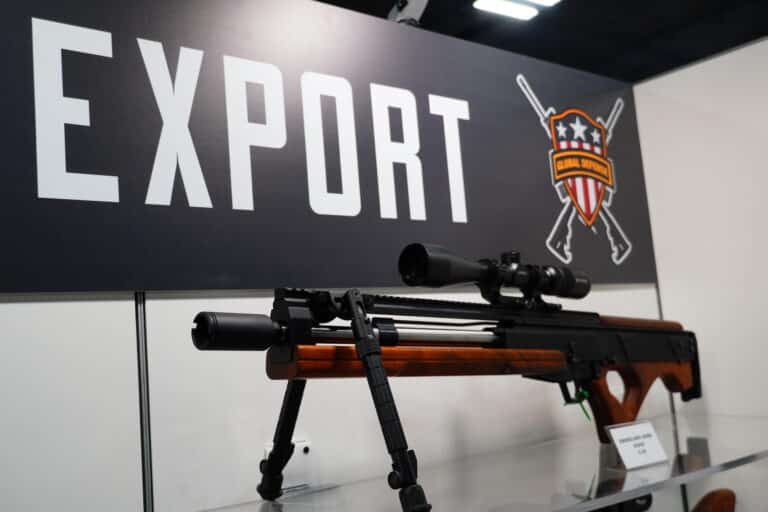The gun industry is one of the few bright spots in American manufacturing, but that doesn’t mean it’s invulnerable to new tariffs.
While many storied firearms brands are American and still produce their products in America, imported guns and ammunition are also clearly popular. The Bureau of Alcohol, Tobacco, Firearms, and Explosives’ (ATF) most recent data shows American manufacturers produced 171,810,319 firearms from 2000 through 2023. The same numbers show Americans imported another 93,355,557 guns. American manufacturers also exported 9,409,676 firearms over that time.
ATF data on ammunition manufacturing and importing tells a similar story. While the numbers aren’t as precise, American makers produce most of the ammunition for the domestic market–though a Czech company just bought one of the biggest American ammo manufacturers. But imports have supplied a huge chunk of the ammunition market as well. Between 2010 and 2020, the ATF reports Americans imported more than 26 billion rounds of ammunition.
The National Shooting Sports Foundation, the industry’s trade group, estimates firearm and ammunition manufacturing employed 13,400 employees and created $5.8 billion in goods shipped during 2022. It said it doesn’t have immediate numbers on exactly how the broad-ranging tariffs might impact the gun industry. But it said it’s researching that question.
Of course, American manufacturers also use raw materials that often come from overseas. The guns and ammo they export will likely face new hostility in foreign markets as other countries retaliate with their own new tariffs. So, the impact is likely to be noticeable by both the manufacturers and consumers–especially on some of the most popular brands.
Austria, home of Glock, is in the European Union. So, it’ll be hit with a 20 percent tariff. Brazil, home of Taurus, will get a 10 percent tariff. Turkey, home of Canik, gets 10 percent as well.
That’s all before you consider firearms parts or accessories, such as red dot sights. Many of those are made in China, which is getting a 34 percent tariff added on top of the 20 percent tariff Trump imposed earlier this year. So, prices on all sorts of gun accessories will likely climb, too.
Those price hikes will come as the gun industry heads into uncertain territory. Many in the industry already expect lighter demand because President Donald Trump’s election is likely to temper fears among his supporters that new gun restrictions will come anytime soon. The gun market has been searching for a new sales floor ever since the record-highs of 2020, and the first quarter of 2025 has only delivered further drops in demand.
February fell nine percent year-over-year and 11.8 percent from 2020. March was down 3.8 percent year-over-year and 32.2 percent compared to 2020. Both months came in below several of their pre-pandemic predecessors as well.
The stock market isn’t hopeful about the gun industry either. Smith and Wesson’s stock is down 16 percent over the last month. Ruger’s is down 2.85 percent. Ammo Inc has lost 9.46 percent of its value.
The gun industry manufactures more of its products in the US than many others. However, imports and exports are very significant to the industry’s bottom line. So, it is likely to get hit hard by these new tariffs on top of managing the already daunting prospect of a years-long period of slumping demand.







Only Members can view comments. Become a member today to join the conversation.